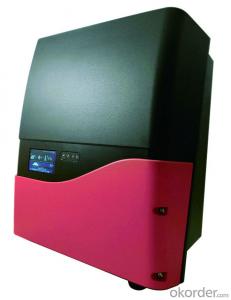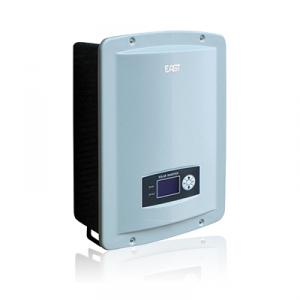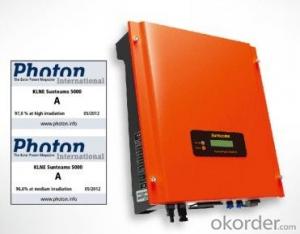Aurora Solar Inverter Manual
Aurora Solar Inverter Manual Related Searches
Solar Inverter User Manual Solar Inverter Service Manual Solar Pump Inverter Manual Tesla Solar Inverter Manual Delta Solar Inverter Manual Ever Solar Inverter Manual Abb Solar Inverter Manual Aurora Solar Inverter Aurora Solar Power Inverter Abb Uno Solar Inverter Manual One Solar Inverter Manual Sma Solar Inverter Manual Solis Solar Inverter Manual Solar Edge Inverter Manual Aurora Solar Panel Inverter Fronius Solar Inverter Manual T Solar Inverter User Manual Growatt Solar Inverter Manual Aurora Solar Inverter Warranty Generac Solar Inverter Manual Felicity Solar Inverter Manual Mpp Solar Inverter Manual Tmeic Solar Inverter Manual Mppt Solar Inverter Manual Aurora Solar Inverter Price Solar Inverter Tutorial Wind Solar Hybrid Controller Manual Solar Inverter Buying Guide Solar Inverter Configuration Solar Inverter InstallationAurora Solar Inverter Manual Supplier & Manufacturer from China
Aurora Solar Inverter Manual is a comprehensive guide that covers a range of solar inverters, including the Aurora Solar Inverter, which is designed to optimize the performance and efficiency of solar energy systems. These inverters are engineered to convert the direct current (DC) produced by solar panels into alternating current (AC) that can be used by homes and businesses. The manual provides essential information on installation, operation, and maintenance, ensuring that users can maximize the benefits of their solar power systems.The Aurora Solar Inverter is widely used in various applications, such as residential, commercial, and utility-scale solar installations. It is particularly beneficial in scenarios where energy efficiency and reliability are paramount, such as in remote areas or places with limited access to traditional power grids. The inverter's advanced features, like smart monitoring and energy management, make it a popular choice for those looking to harness the power of the sun effectively.
Okorder.com is a leading wholesale supplier of the Aurora Solar Inverter Manual, offering a vast inventory to cater to the needs of professionals and enthusiasts alike. As a trusted source for solar inverter manuals, Okorder.com ensures that customers have access to the most up-to-date and accurate information on the Aurora Solar Inverter, enabling them to make informed decisions and get the most out of their solar energy investments.
Hot Products
















































